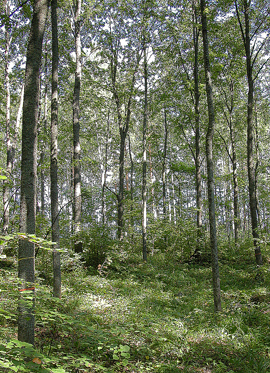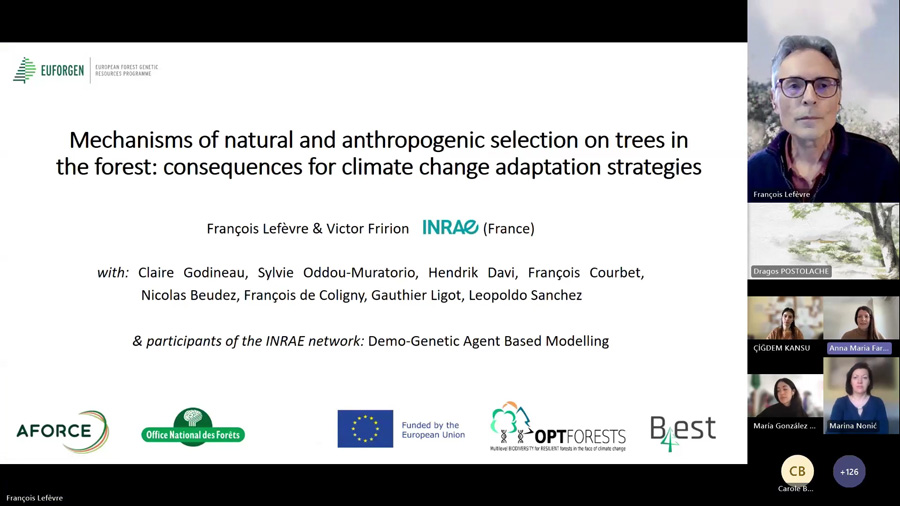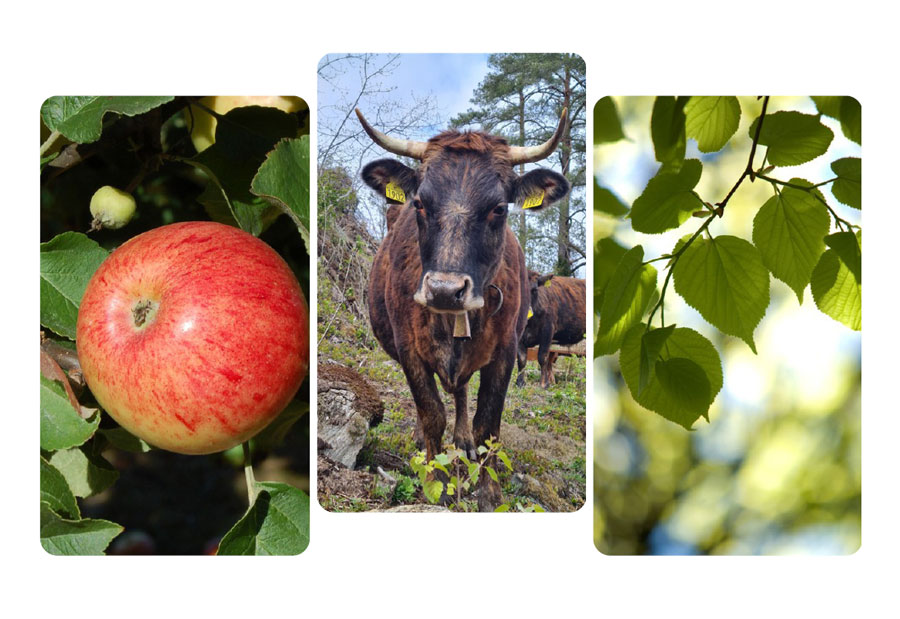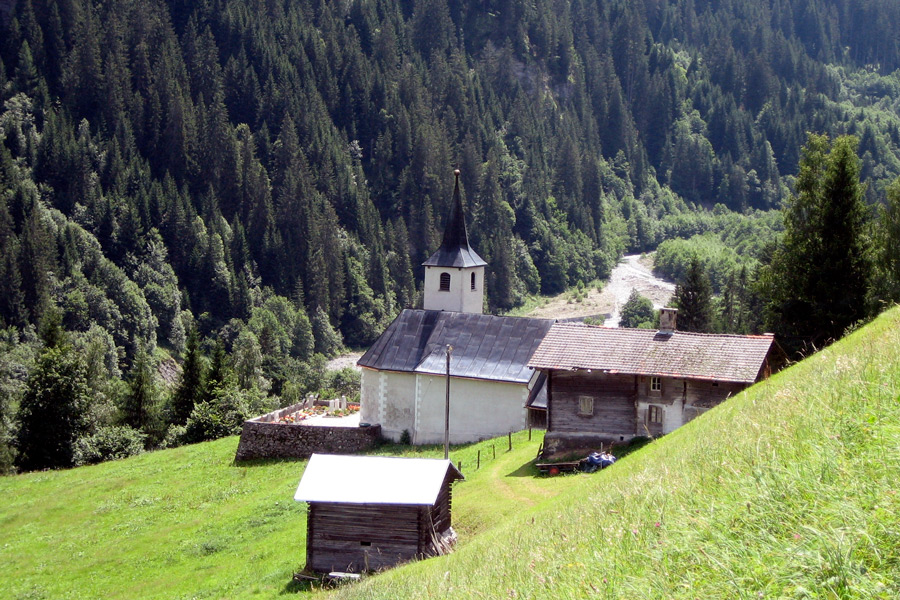Minimum requirements for genetic conservation units of trees published
Until recently, European countries had rather different understanding on how to apply forest conservation genetics in practice, and how genetic conservation units of forest trees should be managed.
Until recently, European countries had rather different understanding on how to apply forest conservation genetics in practice, and how genetic conservation units of forest trees should be managed. This situation hampered conservation assessments as the distribution ranges of many European forest trees extend across large geographical areas and cover many countries with different forest management traditions and practices. Furthermore, it created problems for identifying gaps in the conservation efforts and for developing genetic conservation strategies for forest trees at the pan-European level.
A new article* written by EUFORGEN experts offers solutions to these problems by presenting pan-European minimum requirements for the genetic conservation units. The minimum requirements are based on the dynamic conservation approach, i.e. maintenance of evolutionary processes within tree populations. The units can be located in managed forests or protected areas, i.e. the minimum requirements do not prevent the use of the units for producing wood or other forest products or conserving other forest species. The units should have been designated for genetic conservation and this purpose should have also been stated in their management plans. Tree populations within the units should have a certain minimum size in terms of reproducing individuals. In addition, silvicultural interventions should be allowed to enhance genetic processes, as needed, and field inventories carried out to monitor regeneration and the population size.
The minimum requirements provide practical, science-based recommendations for implementing genetic conservation of forest trees in a coordinated manner across different countries and situations. They have already prompted European countries to improve the management of their forest genetic resources and to better document their conservation units. To support these documentation efforts, the EUFGIS project also developed common data standards for the units. The data on those units that meet the minimum requirements has been collected by a network of national focal points to the <link http: portal.eufgis.org _blank external-link-new-window external link in new>EUFGIS Portal.
Currently, the portal contains data on 2628 units, which are managed for genetic conservation of 100 tree species in Europe. In addition to conservation work at the national level, the countries have also used the EUFGIS Portal for international reporting efforts, such as the State of Europe’s Forests 2011 report and the forthcoming State of the World’s Forest Genetic Resources report.
The minimum requirements were developed as part of the EUFGIS project (Establishment of a European Information System on Forest Genetic Resources, 2007-2011) based on the earlier work done by EUFORGEN Networks. The project was coordinated by Bioversity International and implemented in collaboration with EUFORGEN member and associated countries. It received co-funding from the European Commission (DG Agriculture and Rural Development).
*Koskela, J., Lefèvre, F., Schueler, S., Kraigher, H., Olrik, D.C., Hubert, J., Longauer, R., Bozzano, M., Yrjänä, L., Alizoti, P., Rotach, P., Vietto, L., Bordács, S., Myking, T., Eysteinsson, T., Souvannavong, O., Fady, B., Cuyper, B. De, Heinze, B., Wühlisch, G. von, Ducousso, A. & Ditlevsen, B. 2013. <link http: www.sciencedirect.com science article pii s0006320712003436 _blank external-link-new-window external link in new>Translating conservation genetics into management: Pan-European minimum requirements for dynamic conservation units of forest tree genetic diversity. Biological Conservation 157: 39–49.
Related Links
- Full Article










